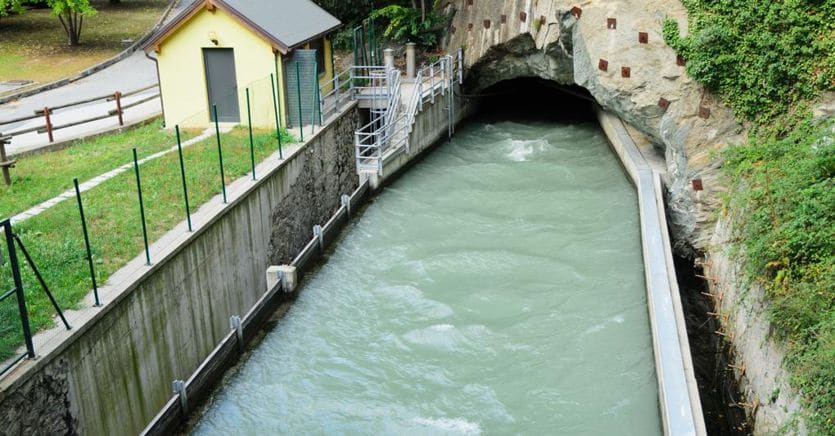Improve but travel slowly. The Italian water sector is still far from the performance of other European countries in terms of investments: to fill the gap with the rest of Europe it would be necessary to invest 12.5 billion by 2030; and to this figure we should add 6 billion investment per year for improvements and maintenance (approximately 100 euros per inhabitant), while for now the operators have invested only 3.5 per year.
The picture emerges from the research dedicated to the relationship between investors and the water sector, promoted by Gruppo Cap, service manager in the metropolitan city of Milan and in other Lombard provinces (in collaboration with EticaNews, Esg Knowledge Company and Assolombarda). When we talk about bridging the gap with Europe we are not referring only to purification, notoriously one of the most deficient aspects of Italy (already aggravated by almost 30 thousand infringement procedures in many urban agglomerations), but also to water dispersion, which in the South in the country and in the Islands it reaches an average of 50% (in Milan it is at 16%, among the best performances).
Private individuals don’t like water
The objective of the survey was precisely to understand what private investors and banking groups thought of the sector. What is highlighted is an overall climate of mistrust around the water sector in Italy. In general, private individuals are kept away from investments – both in water networks and in purification – due to the great fragmentation in many small and medium-sized businesses; an uncertain regulatory framework and the inability to enforce the laws; the absence of a dedicated department within banking institutions.
In fact, fragmentation is the main flaw of the sector in Italy: there are 700 operators, despite the fact that the 1994 Galli law requested that the number of companies be drastically reduced and not to have more than one in the provincial territory. But not only that: to the fragmentation there is also a management that is not always efficient, or in any case not of an industrial type. Out of 700 operators, only 70 manage the sector with credit lines (mainly in house with the public administration, in rare cases following tenders, such as for example Iren does). The rest performs the service “in economy”, which means using an office within the same municipality, with PA officials. These characteristics inhibit any private investments.
Where are the resources
The research also shows that the main managers of water companies would currently be able to activate 5 billion in debt, either through bonds or through more classic loans. Alongside this financial potential there are also the resources that the NRP allocates to the sector in Italy, equal to 4.38 billion (and more generally 750 billion of the EU package destined for environmental sustainability policies).
“Undoubtedly the water sector is still excessively fragmented, and sometimes the governance of the subjects who work there presents instability or dependence on not purely industrial logics – says Alessandro Russo, president of the Cap Group – In a context in which the Pnrr promises to give a boost to the relaunch of the country, the most advanced infrastructures and companies in the sector represent one of the strongest poles of attraction at an international level. The world of finance should look with greater interest at the opportunities that this sector offers, especially now ».
